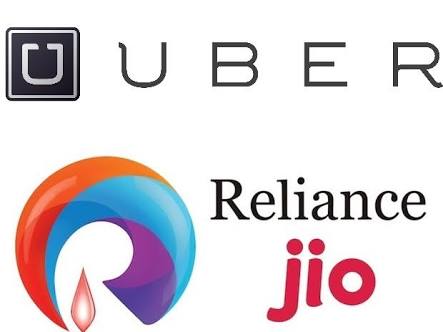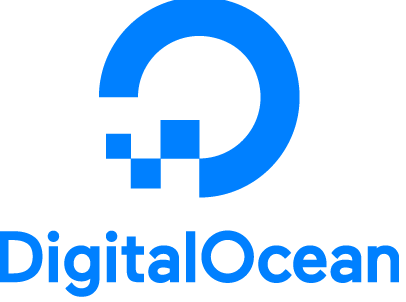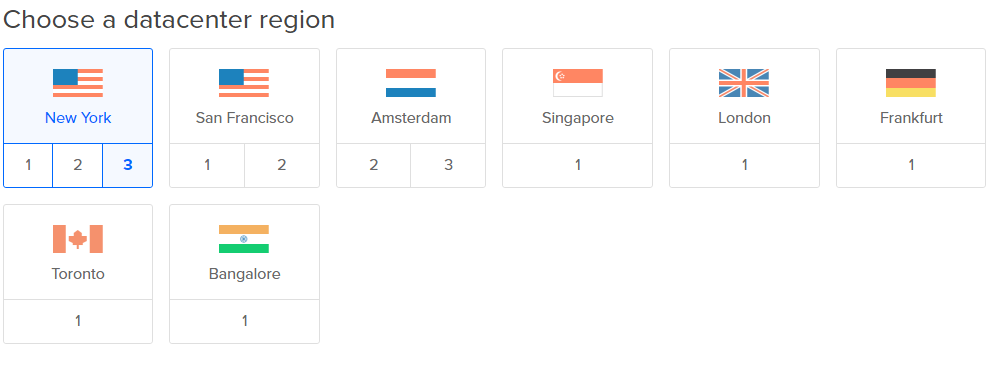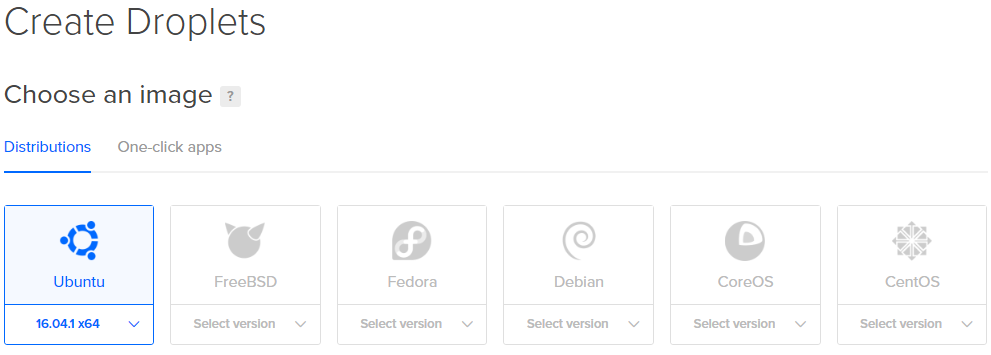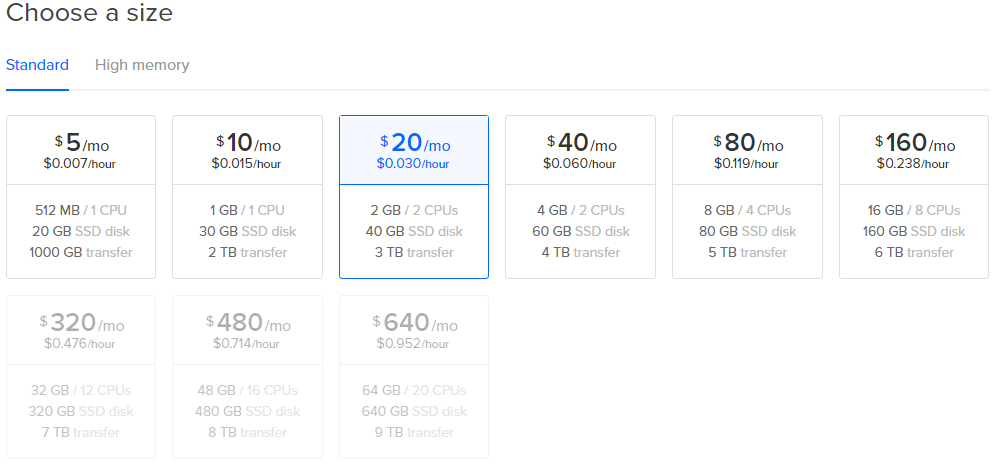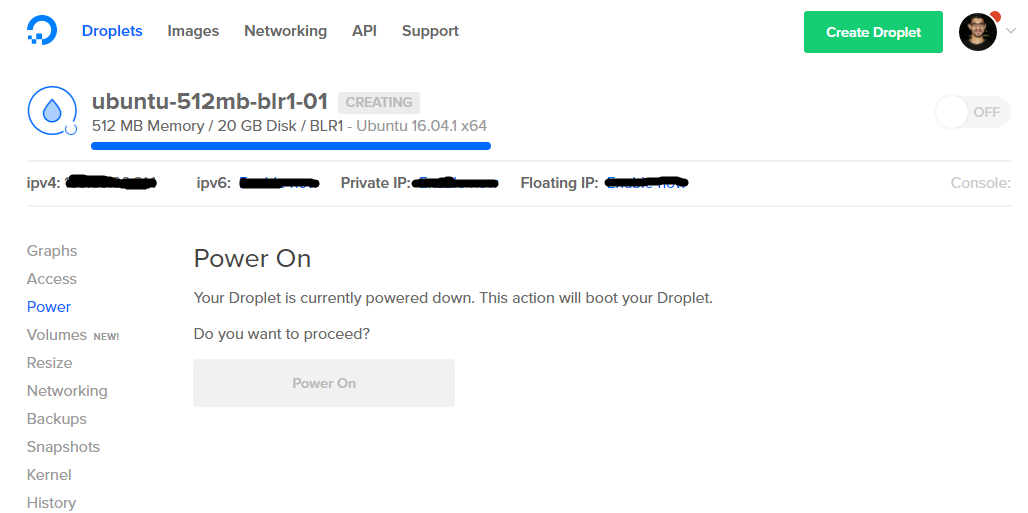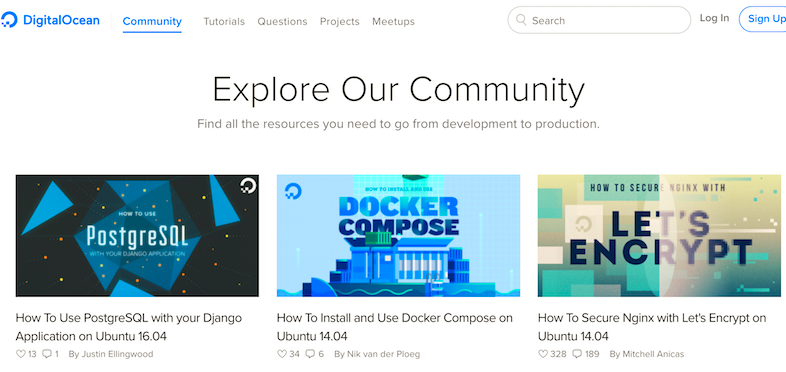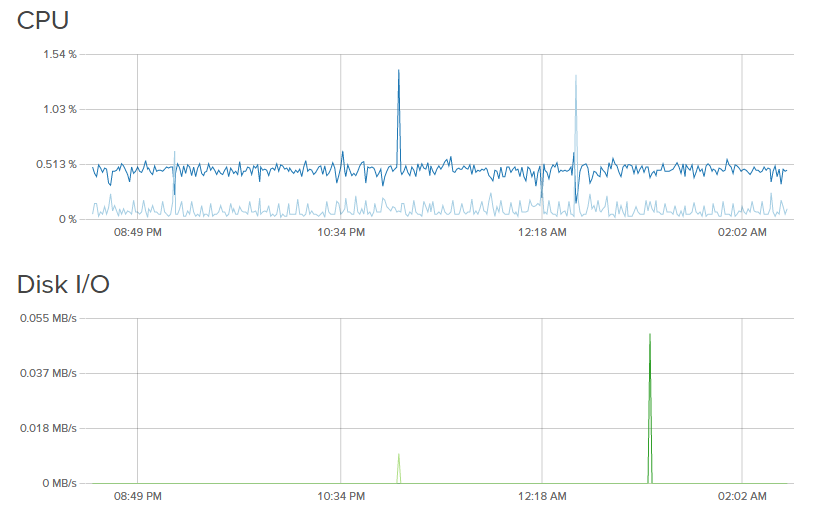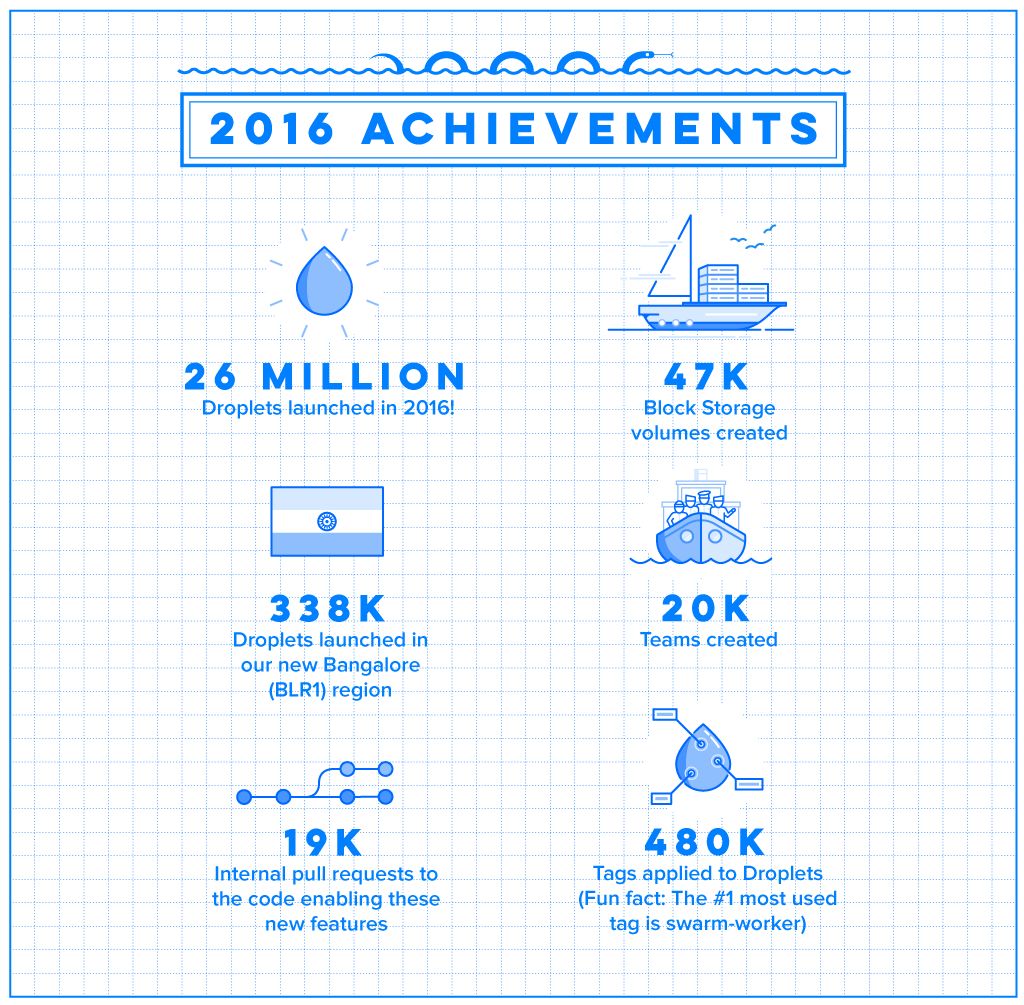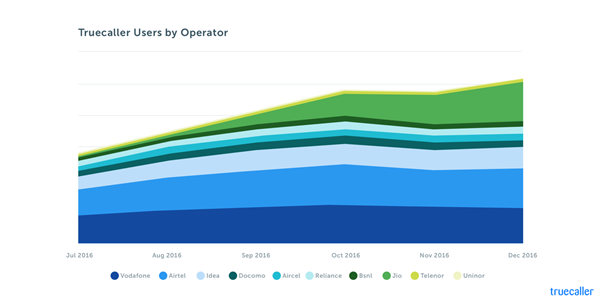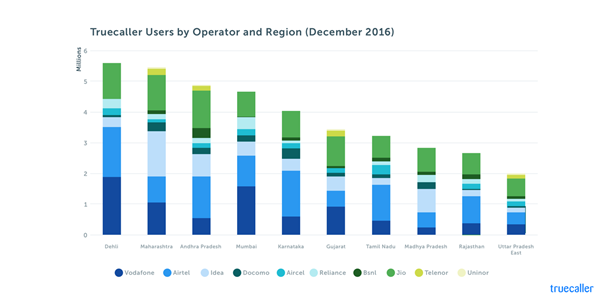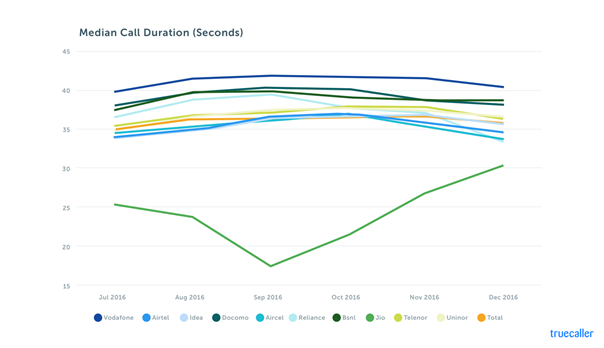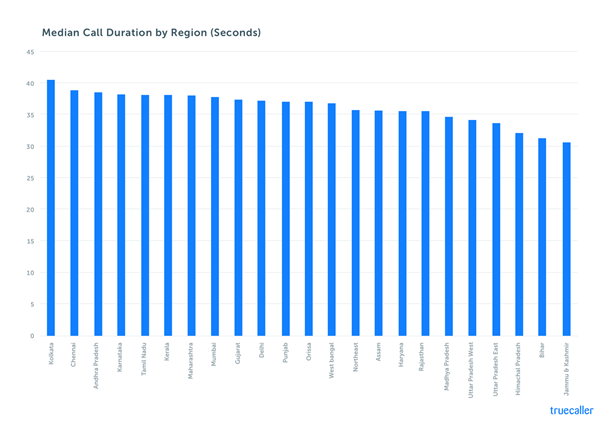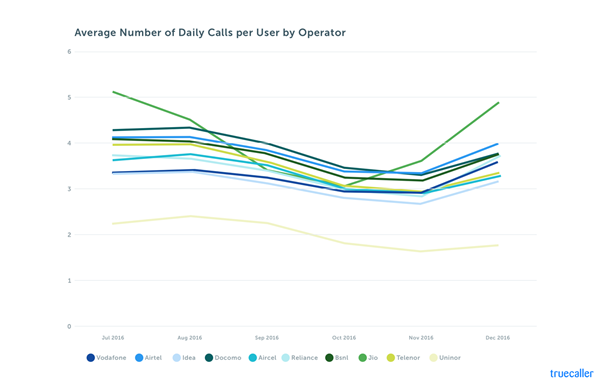Technologies that just a few years ago still seemed like science fiction, edged closer to the commonplace in 2016. Pokémon GO brought Augmented Reality into the public vernacular. The launch of PlayStation VR and other devices and apps pushed Virtual Reality into the hands of consumers and businesses alike. Google Home joined Amazon Echo and other apps to push Artificial Intelligence (AI) deeper into our lives.
Uber added momentum to the shared economy model and commercialization of autonomous vehicles with the launch of self-driving services in several cities, even as the high-profile crash of an autonomous Tesla raised concerns about the current state of the art. When you combine these events with the continued consolidation of the semiconductor industry, global cyber-security concerns, and impact of the U.S. Presidential election, it’s clear that 2016 was no ordinary year.
Many of the events and trends of 2016 will continue to reverberate and shape 2017. Here are a few that will have the greatest impact on business, society, and all of our lives over the coming year and indeed beyond.
In this article, Analog Devices’ global CEO, Vincent Roche, predicts few interesting tech trends for 2017 [Note*– I refers to Vincent Roche]
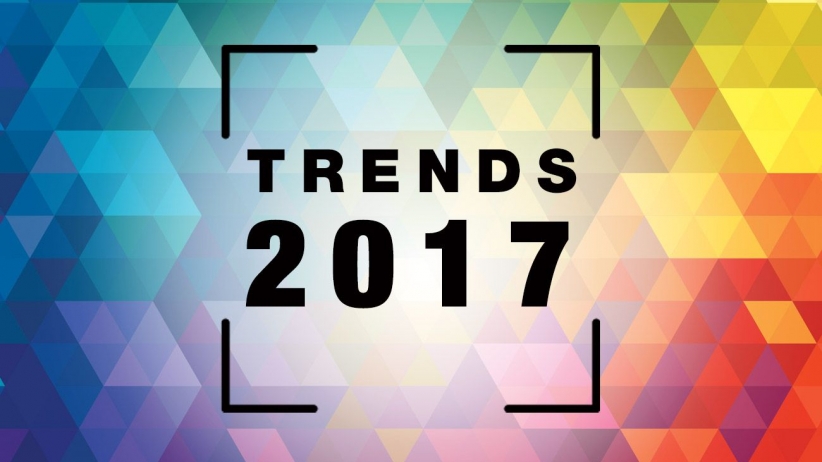
Artificial Intelligence Becomes More Human
Deep neural network algorithms that were long forgotten after their original invention in the 1980’s have experienced a resurgence in recent years and are making great strides in driving AI in new directions, especially when combined with other sophisticated AI algorithms like reinforcement learning. There has been a tsunami of research extending neural network algorithms and in 2017 this research will result in radically novel neural network algorithms that are superior to the older algorithms on which the AI community has been relying. For example, new ‘unsupervised’ algorithms will be able to learn by simply observing the world in the field, rather than through ‘supervised training’ algorithms that require large amounts of time and curated data. In 2017, we will see the development of theoretical methods that reduce the footprint of deep neural networks and of new hardware designs to efficiently implement those algorithms in a wide variety of distributed sensor networks.
Driving Intelligence to the Edge of the Internet of Things (IoT)
The growth of the Internet of Things will obviously continue to accelerate but as issues of security and efficient rendering of high quality information begin to outweigh mere deployment, we will see a push for greater intelligence at the edge nodes of the IoT. That intelligence will take multiple forms-from algorithms and software at the edge that reduce the amount of data transmission to and analysis in the cloud, to security at the ‘front line’ that reduces the attack surface of the IoT.
We will also see the term ‘IoT’ begin to fade from our vocabulary as it simply becomes part of the natural operation of business. As connected homes, enterprises, and cities become the assumed state of existence, we will transition from connection to resiliency.
The re-silent home, enterprise, and city will be connected but part of IoT-scale intelligence and cyber-security architectures that enable them to rapidly spot, recognize, and effectively respond to the inevitable challenges and threats they face.
Go Autonomous and Leave the Driving to AI
While the predictions of the ubiquity of autonomous vehicles in the next few years are overly optimistic, it is clear that the future is autonomous and we will make significant strides in 2017. The spread of self-driving delivery and transportation services and the proliferation of autonomous elements such as self-braking and parking in human-driven vehicles will push research into the state of the art forward ever faster. Improving the ability of autonomous vehicles to more accurately and rapidly sense the environment around them will be a key focus in 2017 and RADAR and LIDAR will increasingly become industry standard as their size and cost drop dramatically this year.
The Smart Grid Gets Smarter
Protecting, innovating, and developing the electric grid is becoming increasingly important. The smart grid is in its infancy, but the industry is already starting to look beyond simple automatic meter reading functionality to ways in which increased measurement and connectivity can return value.
The role of data analytics to improve efficiencies and reliability is one of the major areas of investment, but also new ideas are appearing on the possibilities of exchanges that address the increasing pressure of diversification and fluctuation of energy sources and loads. Even more exciting is the possibility of the emergence of a new digital grid that enables a distributed delivery model that is more efficient and resilient than today’s legacy grids.
From Reactive to Predictive Healthcare
The growth of our understanding of the human body over the past few years has been truly astounding. The development of extremely accurate computational biology models of our respiratory and metabolic systems is enabling new treatment options that weren’t possible before. The ability to provide clinical-grade sensing and measurement outside the four walls of the hospital or doctor’s office will be critical to those treatments.
We will need to provide nearly always-on, secure, accurate sensing and measurement of our health statistics-Fitbit on steroids, if you will. This will enable the move from reactive to predictive and preventative healthcare. It will also create new business models such as outcome-based pricing where healthcare providers are paid for keeping us well rather than healing us when we are sick.


